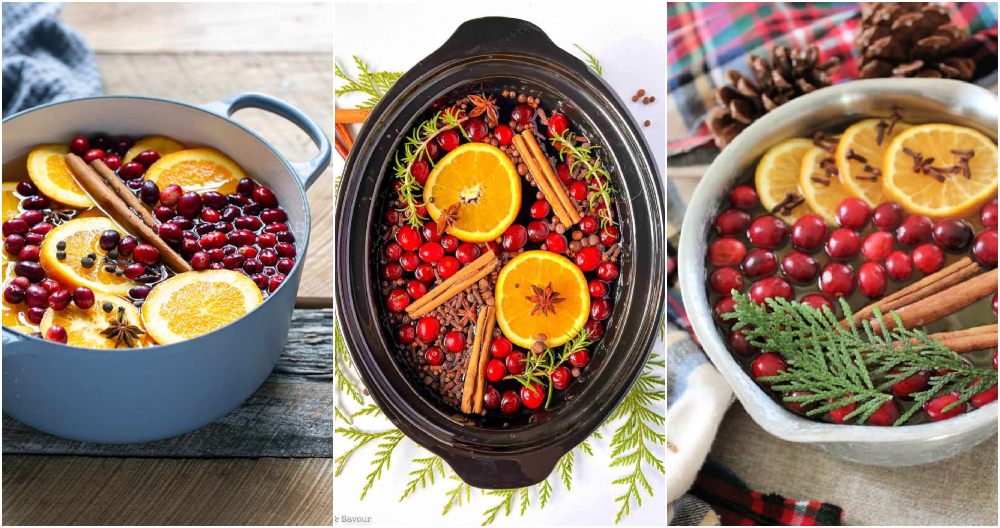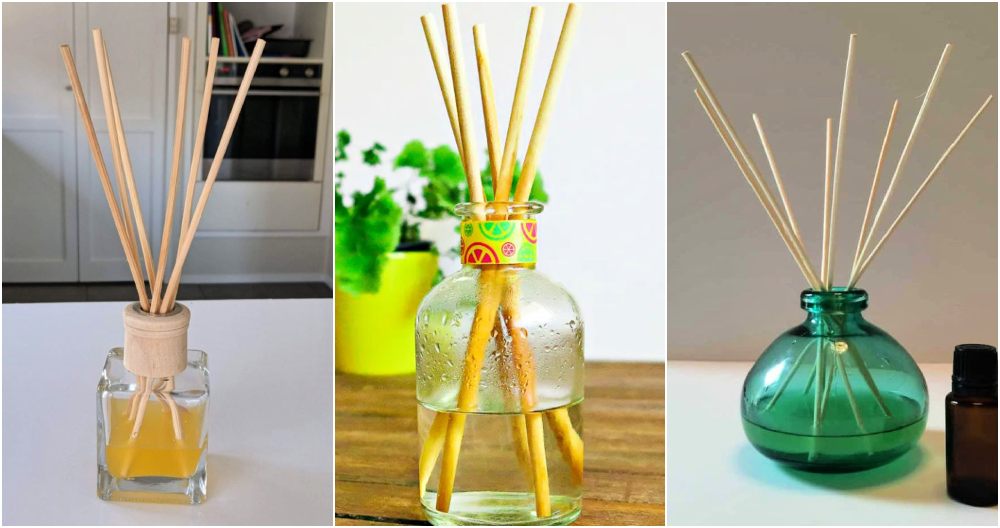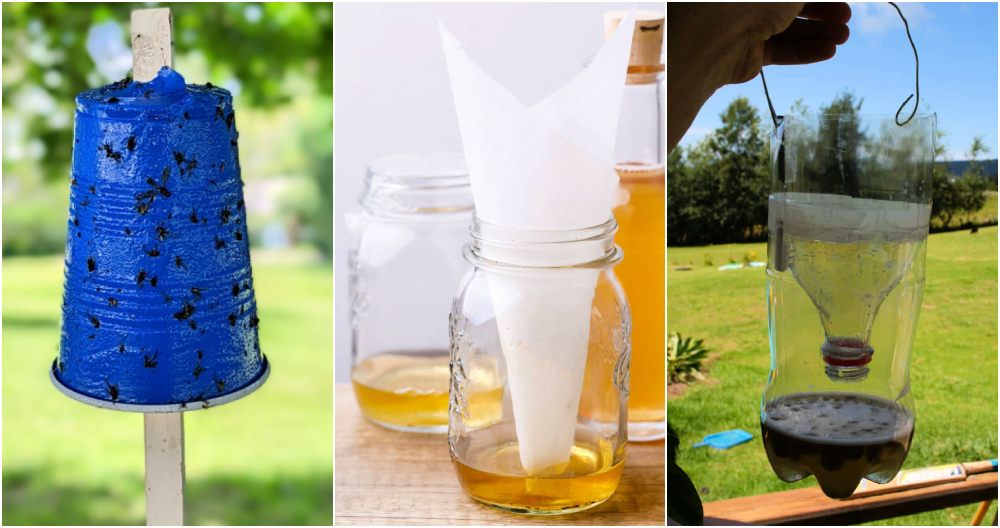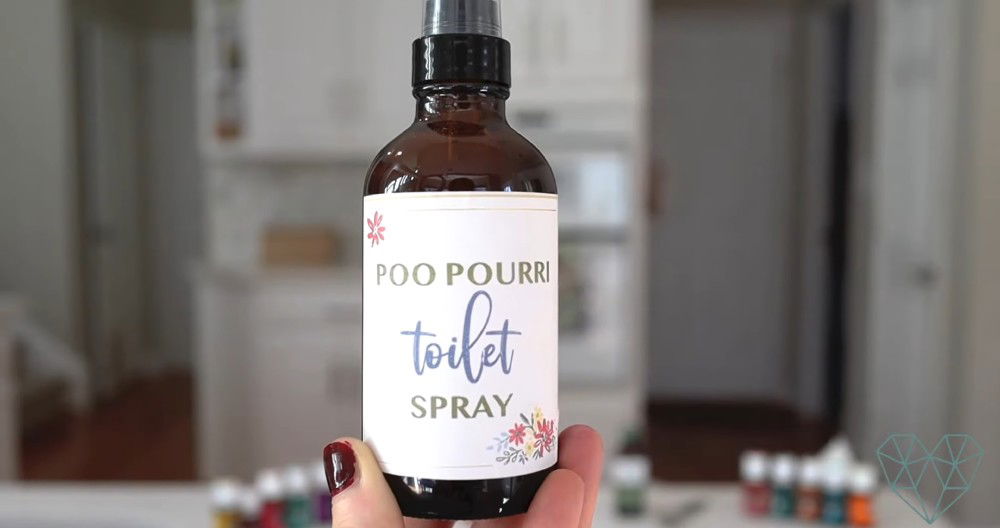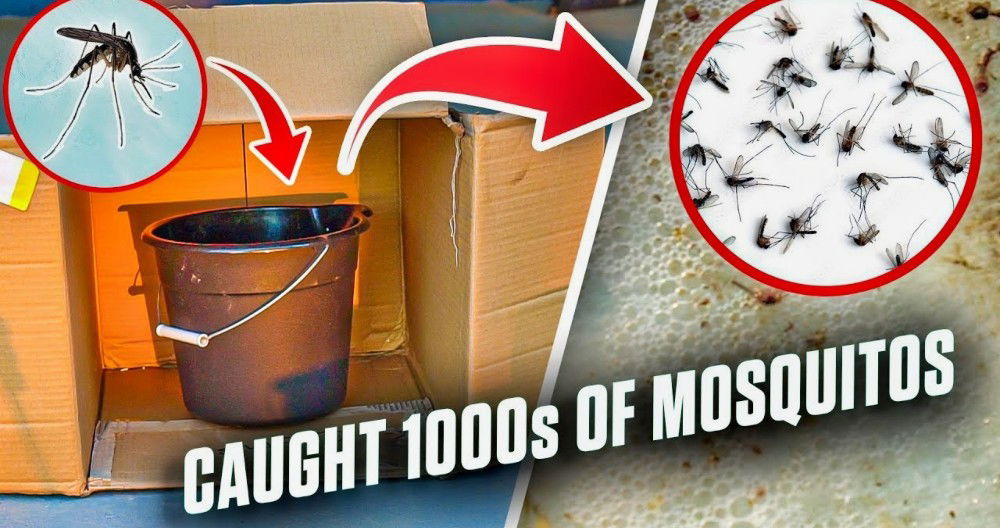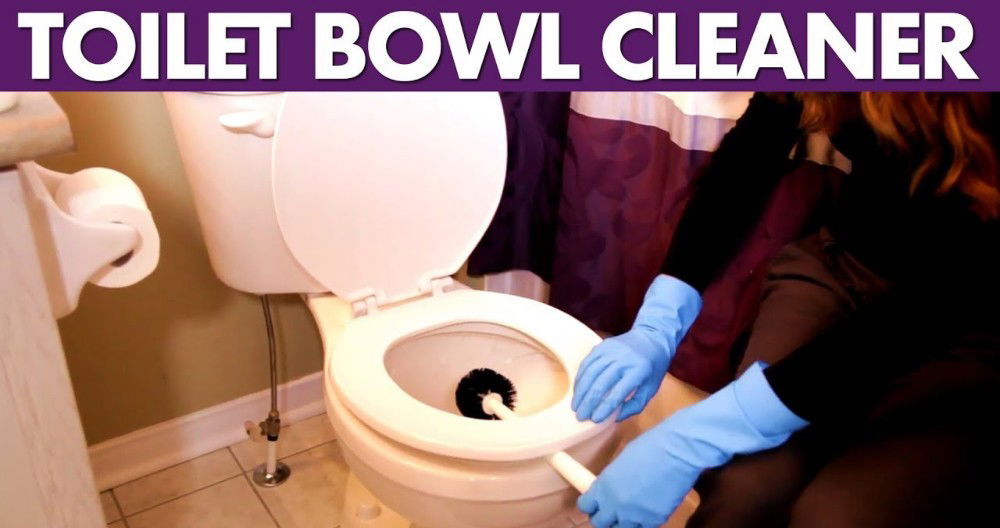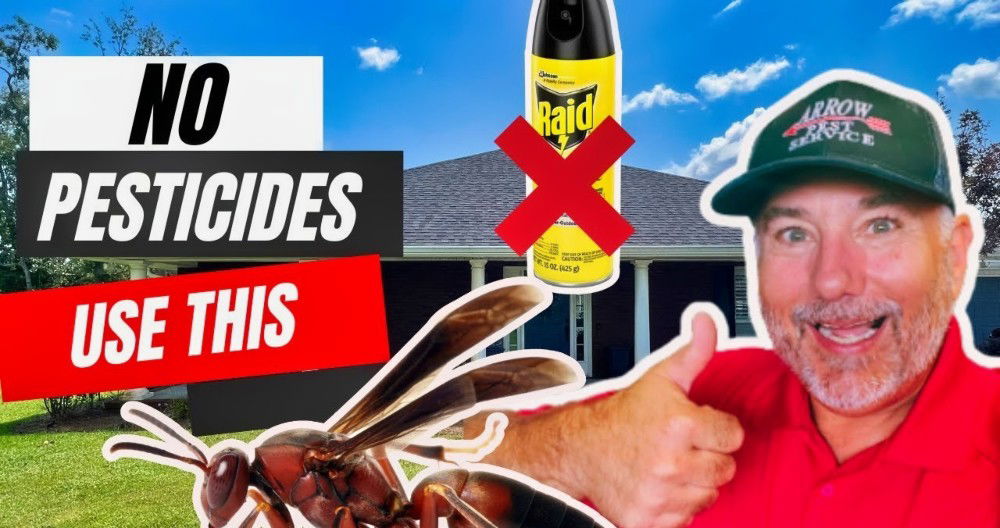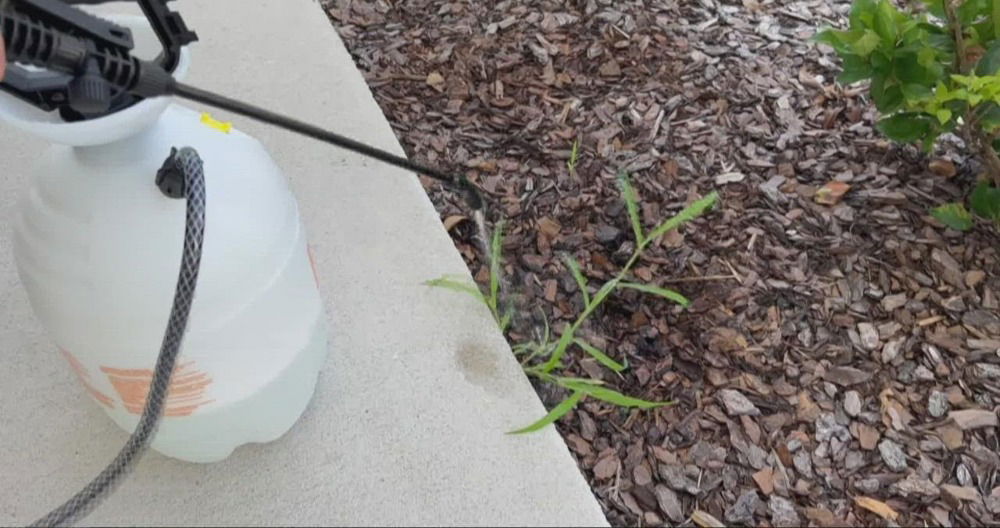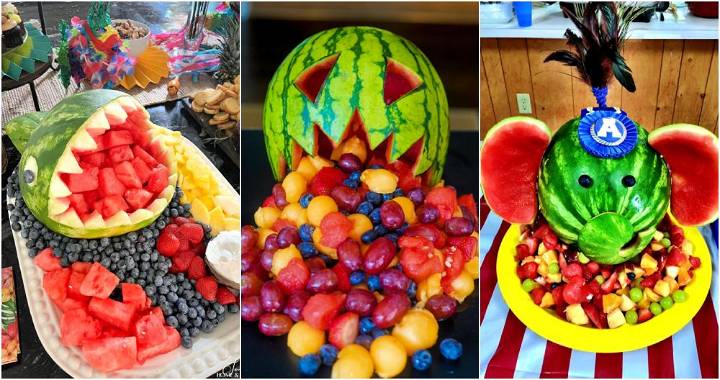In my quest for a more sustainable and cost-effective lifestyle, I embarked on a journey that led me to a significant change in my household: making my own laundry detergent. This adventure, inspired by both a desire to reduce waste and a curiosity for DIY solutions, has been rewarding, and I'm here to share my experience and process, hoping it can guide others looking to make a similar switch.
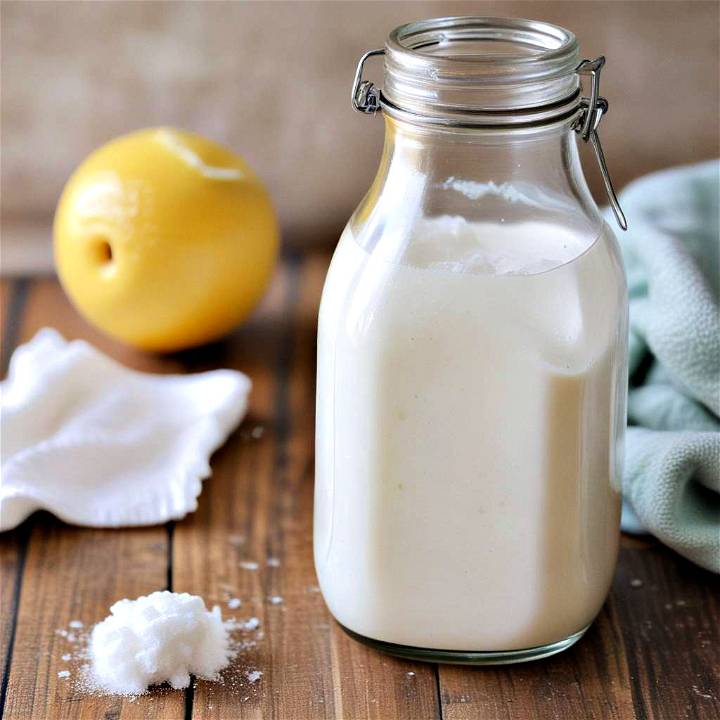
Why I Started Making My Own Laundry Detergent
My motivation sprang from multiple sources—environmental concerns, health considerations, and financial reasons. I was tired of buying laundry detergent in plastic containers and troubled by the undisclosed chemicals in commercial detergents. Moreover, the costs of those detergents were adding up.
Materials Needed and Why
To start, the materials required are minimal and easily accessible:
- Super Washing Soda: Acts as a powerful cleaner and water softener.
- Borax: Enhances the cleaning power of the soap and helps to treat water hardness.
- Bar Soap: Can be any kind, including Castile soap. It's the base cleaning agent.
- Essential Oils (Optional): For those who prefer a specific scent. I chose lemon for its fresh fragrance.
- Equipment: A large bowl, a box grater (for the soap), a measuring cup, and a storage container.
Why these ingredients? Each plays a critical role in ensuring the detergent is effective, affordable, and environmentally friendly.
Step-by-Step Guide to Making Homemade Laundry Detergent
Discover the best recipe for homemade laundry detergent and save money while keeping your clothes clean and fresh. Try it now!
1. Grating the Soap
Your journey begins with grating the soap bar using a box grater. This step can be a bit laborious but see it as a mini-workout—a few minutes spent grating saves you money and a trip to the store.
2. Mixing the Ingredients
Once the soap is grated, mix it with one cup of super washing soda and one cup of borax in a large bowl. It's crucial to ensure these ingredients are well combined to distribute evenly in your laundry loads.
3. Adding Essential Oils (Optional)
If you're using unscented soap, now's the time to add about 20 drops of your chosen essential oil to the mixture. Stir well to ensure the scent is distributed throughout.
4. Storing Your Detergent
Transfer your freshly made laundry detergent into your storage container. I use a glass jar with a wide mouth, making it easier to scoop out the detergent when needed.
5. Using Your Homemade Laundry Detergent
When it's laundry time, measure out 2-4 tablespoons of detergent per load, depending on the size and soil level of the load.
Personal Insights and Tips
Start Small
Don't feel pressured to make a huge batch initially. Start small to test it out and adjust the recipe to your liking.
Experiment with Scents
The beauty of DIY detergent is customization. Lavender, peppermint, and grapefruit are excellent alternatives to lemon essential oil.
Efficiency in Different Washing Machines
This homemade detergent works well in both standard and high-efficiency (HE) machines. Just ensure you distribute the detergent evenly in the drum.
Cost-Effectiveness
One of the most satisfying outcomes has been the savings. Initially, I did some rough calculations and found that the cost per load was significantly lower than store-bought options. Over time, these savings add up, making this decision not only environmentally friendly but economically wise.
FAQs About Homemade Laundry Detergent
Discover answers to common questions about homemade laundry detergent. Learn how to make it, benefits, tips, and more. Find all you need to know here!
What Ingredients Are Used in Homemade Laundry Detergent?
Homemade laundry detergent typically includes washing soda, borax, and a bar of soap. These ingredients work together to clean clothes by breaking down and removing dirt and stains.
How Long Does Homemade Laundry Detergent Last?
When stored in a cool, dry place, homemade laundry detergent can last up to six months. Make sure it's well-sealed to prevent moisture from getting in.
Can I Use Homemade Detergent in Any Washing Machine?
Yes, homemade laundry detergent is safe for use in both standard and high-efficiency (HE) washing machines. Use less detergent for HE machines due to their lower water usage.
Is Homemade Laundry Detergent Safe for Sensitive Skin?
Many people find homemade detergent to be gentler on the skin. However, if you have sensitive skin, do a patch test first or consult with a dermatologist.
Will Homemade Detergent Work in Cold Water?
Absolutely! Homemade laundry detergent is effective in cold water, which can help save energy and preserve the color of your clothes.
Can I Add Fragrance to My Laundry Detergent?
Certainly! You can add a few drops of essential oils for a natural fragrance. Popular choices include lavender, lemon, and eucalyptus.
What If My Laundry Detergent Doesn't Produce Suds?
Don't worry, suds don't equal cleaning power. Homemade laundry detergent may produce fewer suds, but it still cleans effectively.
How Do I Prevent My Homemade Detergent from Clumping?
To prevent clumping, stir the mixture well and break up any lumps that form. You can also add a desiccant packet to absorb excess moisture.
Is Homemade Laundry Detergent Environmentally Friendly?
Yes, it is more environmentally friendly than many commercial detergents. It's biodegradable and you can use recycled containers to store it, reducing plastic waste.
Can Homemade Detergent Remove Tough Stains?
For tough stains, pre-treat the area with a paste made from the detergent before washing. It's effective on most common stains.
Conclusion:
Embracing a DIY approach to laundry detergent has been enlightening. It's shown me that small changes can lead to significant benefits—environmentally, financially, and health-wise. The process, far from being a chore, has been enjoyable, offering a sense of accomplishment with every batch made.
For those considering this shift, remember that the effort is minimal compared to the advantages. Each load washed with your homemade solution is a step towards a cleaner, greener, and more sustainable lifestyle.


